Home>Furniture & Design>Interior Design Trends>What To Do If A Child Swallowed A Small Piece Of Glass
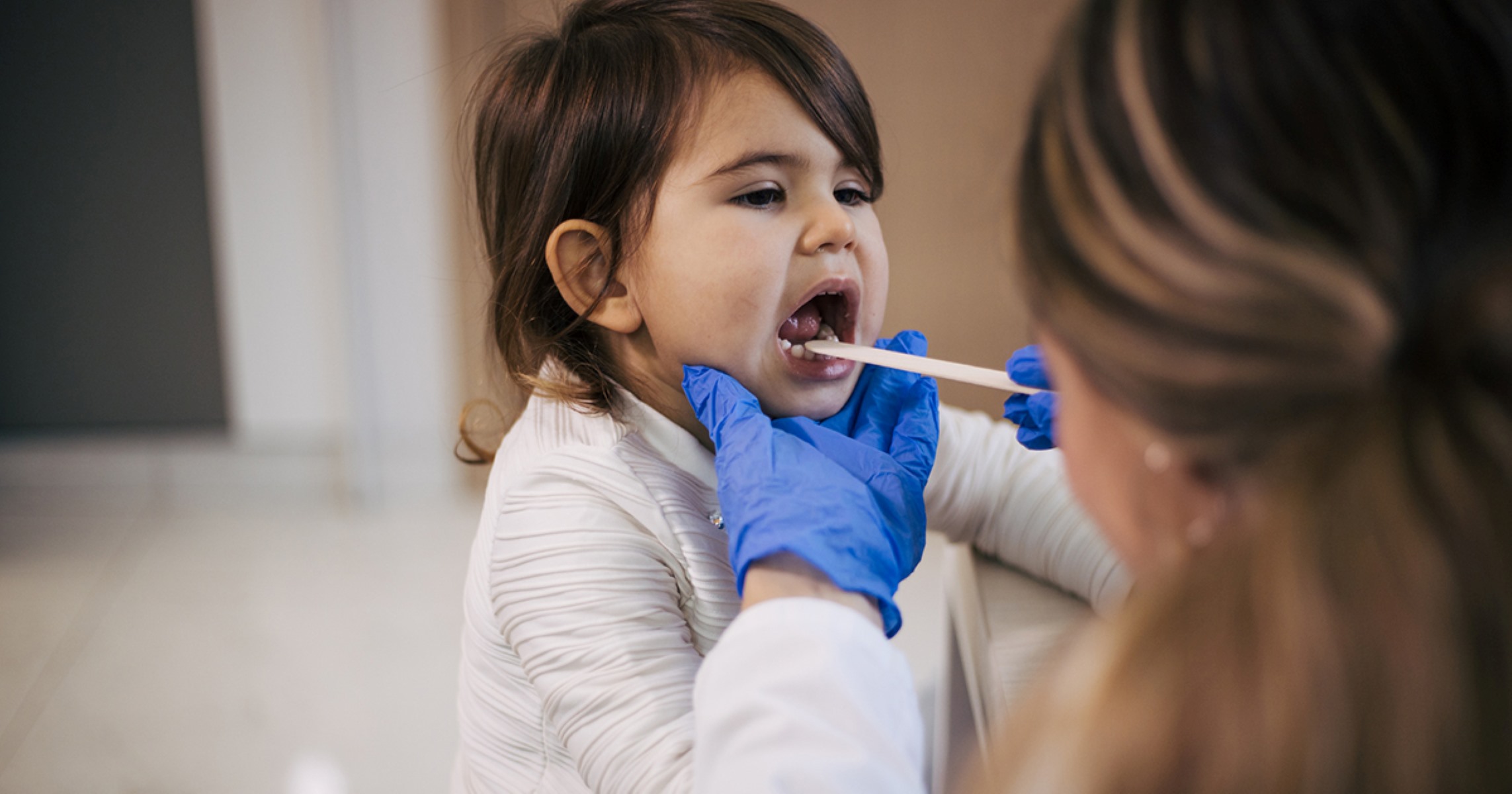

Interior Design Trends
What To Do If A Child Swallowed A Small Piece Of Glass
Modified: February 18, 2024
If a child has swallowed a small piece of glass, seek immediate medical attention. Learn how to prevent accidents and create a safe interior design for kids. Explore the latest interior design trends.
(Many of the links in this article redirect to a specific reviewed product. Your purchase of these products through affiliate links helps to generate commission for Storables.com, at no extra cost. Learn more)
Signs that a Child Swallowed a Small Piece of Glass
Identifying whether a child has swallowed a small piece of glass can be a distressing situation for any parent or caregiver. The signs of this occurrence may not always be immediately apparent, but it's crucial to be vigilant and observant for any potential indicators. Here are some common signs that may suggest a child has swallowed a small piece of glass:
-
Physical Discomfort: If a child complains of discomfort or pain in their throat, chest, or abdomen, it could be a sign that they have ingested a foreign object such as glass. They may also exhibit signs of discomfort while swallowing or experience persistent coughing.
-
Mouth or Throat Irritation: Inspect the child's mouth and throat for any signs of irritation or injury. If you notice redness, swelling, or small cuts in the mouth or throat, it could indicate that a sharp object like glass has caused abrasions.
-
Difficulty Breathing: In some cases, swallowing a small piece of glass can lead to breathing difficulties. If the child experiences sudden wheezing, shortness of breath, or unusual respiratory distress, it may be a cause for concern.
-
Gastrointestinal Symptoms: Keep an eye out for symptoms related to the digestive system. These may include nausea, vomiting, abdominal pain, or the presence of blood in the stool. These symptoms can be indicative of internal injuries caused by the glass fragment.
-
Behavioral Changes: A child who has swallowed a foreign object may exhibit signs of distress, anxiety, or irritability. They may also refuse to eat or drink, or display reluctance to open their mouth due to discomfort.
-
Unexplained Drooling: Excessive drooling in a child who does not typically drool can be a sign of an underlying issue. If the child is drooling excessively and there is no apparent explanation such as teething, it could be related to the ingestion of a foreign object.
-
Visible Signs in Stool: While it may be distressing to inspect a child's stool, it can provide valuable insight into their digestive health. If you notice any traces of blood or unusual discoloration in the stool, it may indicate internal injuries caused by the presence of glass.
It's important to note that the absence of immediate symptoms does not guarantee that a child has not ingested glass. Sometimes, the symptoms may not manifest until later, so it's crucial to remain vigilant and seek medical attention if there is any suspicion of glass ingestion.
Key Takeaways:
- Stay calm and seek medical help immediately if a child swallows glass. Avoid inducing vomiting and monitor for symptoms. Swift action is crucial for the child’s well-being.
- To prevent glass ingestion, childproof the environment, educate children about safety, and use alternative materials. Regular safety checks and supervision are essential for a safe environment.
Read more: What Happens If I Swallow Glass
Immediate Actions to Take
Upon suspecting that a child has swallowed a small piece of glass, it is essential to take immediate and decisive actions to ensure their safety and well-being. Here are the crucial steps to take in such a situation:
-
Stay Calm: It's natural to feel anxious and concerned, but it's important to remain as calm as possible. Panicking can hinder your ability to effectively address the situation.
-
Refrain from Inducing Vomiting: While inducing vomiting is a common response to ingesting harmful substances, it is not recommended in the case of glass ingestion. Vomiting can potentially cause further damage as the glass fragments may scratch the throat and esophagus on the way back up.
-
Prevent Ingesting Food or Liquids: Encourage the child to refrain from eating or drinking anything, as this could exacerbate the situation by causing the glass to move further through the digestive system.
-
Seek Immediate Medical Advice: Contact a healthcare professional or poison control center without delay. Describe the situation in detail and follow their guidance. They may advise you to bring the child in for a thorough evaluation.
-
Monitor the Child: Keep a close eye on the child's behavior and symptoms. If they display any signs of distress or discomfort, reassure them and provide comfort while waiting for medical assistance.
-
Avoid Medication Unless Advised: Refrain from administering any medication unless specifically instructed to do so by a healthcare professional. Certain medications or home remedies may not be suitable in this scenario and could potentially worsen the situation.
-
Save the Object if Possible: If the child has coughed up or vomited any material, including the suspected glass fragment, carefully collect it and keep it in a secure container. This can provide valuable information for medical professionals.
-
Do Not Delay Seeking Help: Time is of the essence in situations involving potential ingestion of harmful substances. Prompt medical attention is crucial to assess the extent of the situation and provide appropriate care.
By taking these immediate actions, you can help ensure the best possible outcome for the child. It's important to remember that swift and informed responses can significantly contribute to the child's well-being in such critical situations.
Seek immediate medical attention if a child swallows a small piece of glass. Do not induce vomiting, as it can cause further injury. Keep the child calm and monitor for any signs of discomfort or distress.
Seeking Medical Help
Seeking prompt medical assistance is paramount when a child is suspected of swallowing a small piece of glass. Upon observing any signs or symptoms indicative of glass ingestion, it is crucial to contact a healthcare professional or poison control center without delay. When reaching out for medical help, it is essential to provide a detailed account of the situation, including the child's age, the estimated size of the glass fragment, and any observed symptoms or discomfort.
Upon contacting medical professionals, they may provide specific instructions based on the child's condition and the perceived severity of the situation. In some cases, they may recommend bringing the child in for a thorough evaluation to assess the potential risks and determine the appropriate course of action. It is important to follow their guidance diligently and remain receptive to their recommendations.
Medical professionals are equipped with the expertise to conduct a comprehensive assessment, which may involve physical examinations, imaging tests, or endoscopic procedures to locate and evaluate the presence of the glass fragment. These evaluations are crucial in determining the extent of any potential injuries and formulating an effective treatment plan tailored to the child's needs.
In certain instances, medical intervention may be necessary to address any internal injuries caused by the glass fragment. This could involve procedures to remove the foreign object or to address any damage it may have caused to the digestive tract. The medical team will prioritize the child's safety and well-being, ensuring that appropriate measures are taken to mitigate any potential risks associated with the glass ingestion.
Throughout the medical evaluation and treatment process, it is important for caregivers to remain attentive and supportive of the child. Reassuring the child and providing comfort can help alleviate their anxiety and discomfort during this challenging time. Additionally, caregivers should adhere to any post-evaluation instructions provided by the medical professionals to ensure the child's continued recovery and well-being.
It is crucial to emphasize that seeking medical help is non-negotiable in situations involving potential ingestion of harmful substances such as glass. The expertise and guidance of healthcare professionals are indispensable in safeguarding the child's health and addressing any potential risks associated with the ingestion of foreign objects. By prioritizing swift and thorough medical intervention, caregivers can contribute significantly to the child's recovery and overall well-being.
Preventing Future Incidents
Preventing future incidents of glass ingestion is paramount in ensuring the safety and well-being of children. Implementing proactive measures can significantly reduce the risk of accidental ingestion and create a safer environment for young ones to thrive. Here are essential strategies to prevent future incidents:
-
Childproofing the Environment: Thoroughly childproofing living spaces is crucial in minimizing the likelihood of glass exposure. This includes securing cabinets and drawers that contain glassware, utilizing safety locks on cupboards, and storing glass items out of reach of children. Additionally, opting for plastic or alternative non-breakable materials for everyday use can further mitigate the risk.
-
Educating Children: Teaching children about the potential dangers of glass and other hazardous materials fosters awareness and responsible behavior. Encouraging open communication about safety and emphasizing the importance of seeking adult assistance when handling glass items can empower children to make informed choices.
-
Supervision and Vigilance: Maintaining vigilant supervision of children, especially in areas where glass items are present, is crucial. Caregivers should be attentive during meal times, social gatherings, and while engaging in activities involving glassware to promptly address any potential risks.
-
Safe Storage Practices: Storing glass items in secure and designated areas, away from play areas and high-traffic zones, can minimize the likelihood of accidental breakage and subsequent ingestion. Properly securing glassware and fragile items can prevent accessibility to young children.
-
Utilizing Alternative Materials: Opting for alternative materials such as silicone, stainless steel, or durable plastics for children's dishware and utensils can provide a safer dining experience. These materials offer durability and reduce the risk of breakage, thereby mitigating the potential for glass ingestion accidents.
-
Regular Safety Checks: Conducting routine safety assessments of living spaces and play areas can help identify and address any potential hazards. This includes inspecting for broken or chipped glass, promptly disposing of damaged items, and ensuring that the environment remains safe and child-friendly.
By proactively implementing these preventive measures, caregivers can significantly reduce the risk of future incidents involving glass ingestion. Prioritizing safety, education, and environmental modifications creates a protective framework that fosters a secure and nurturing environment for children to thrive. These efforts contribute to the overall well-being and safety of young ones, promoting a harmonious and secure living space for families.
Frequently Asked Questions about What To Do If A Child Swallowed A Small Piece Of Glass
Was this page helpful?
At Storables.com, we guarantee accurate and reliable information. Our content, validated by Expert Board Contributors, is crafted following stringent Editorial Policies. We're committed to providing you with well-researched, expert-backed insights for all your informational needs.
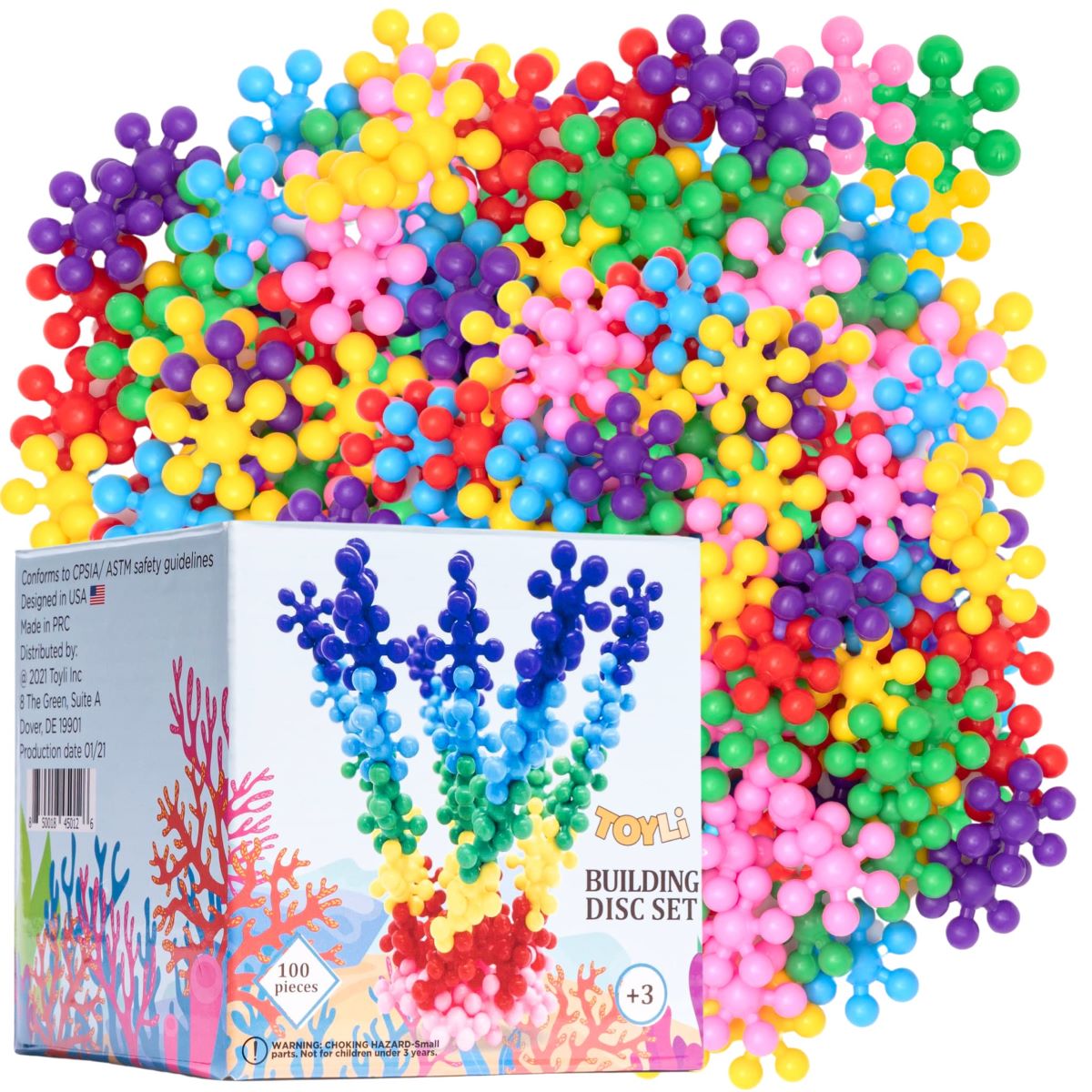

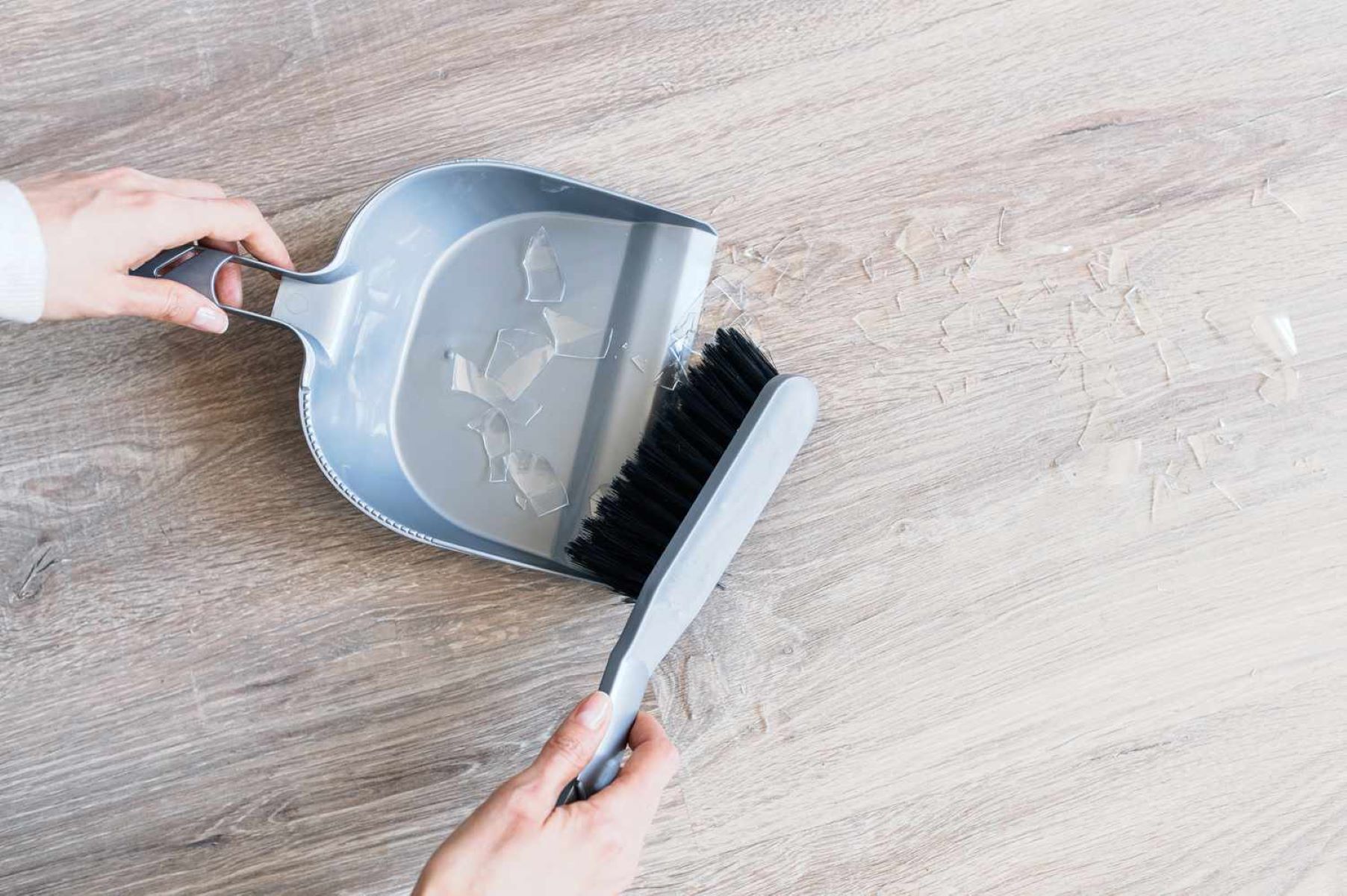

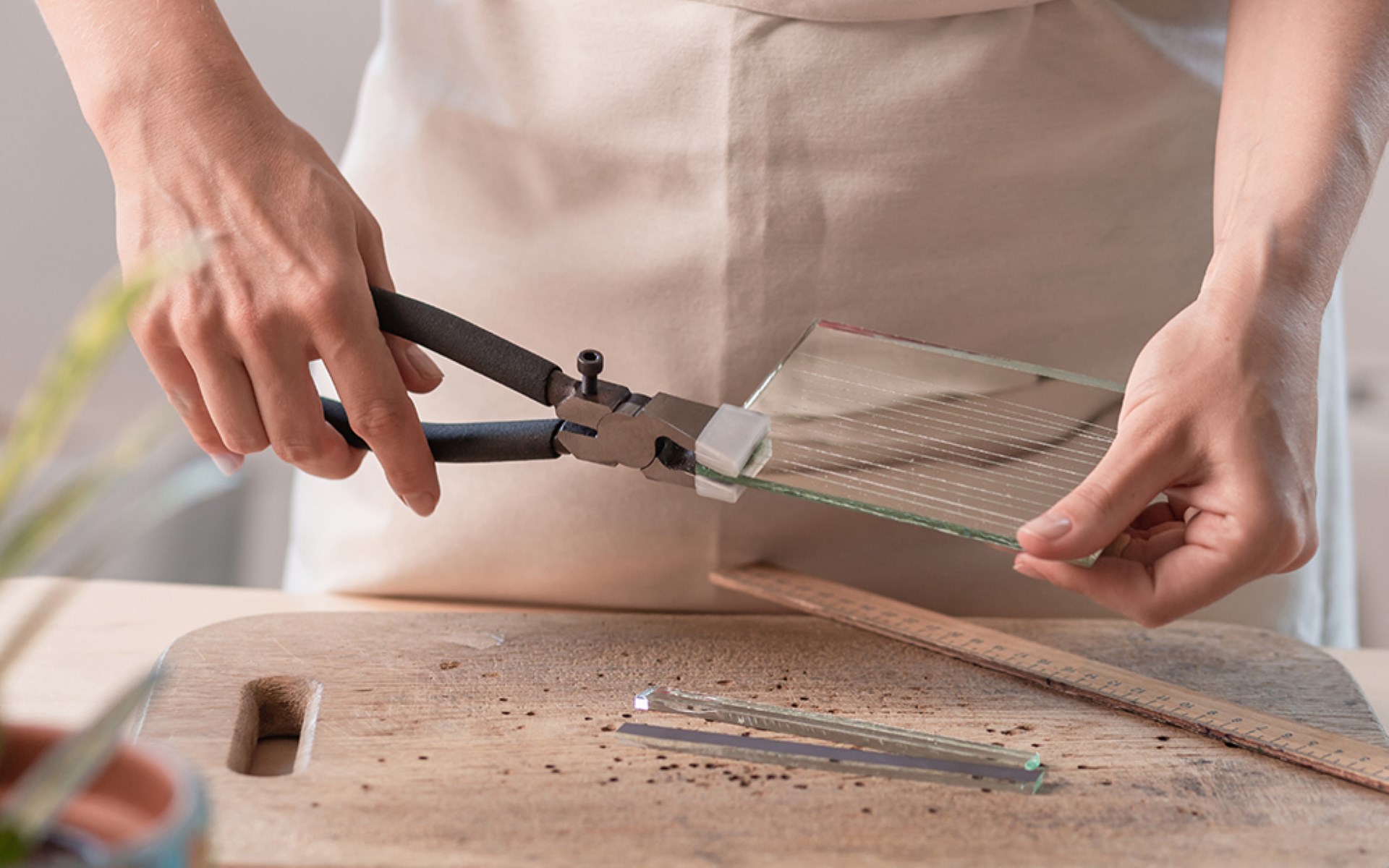
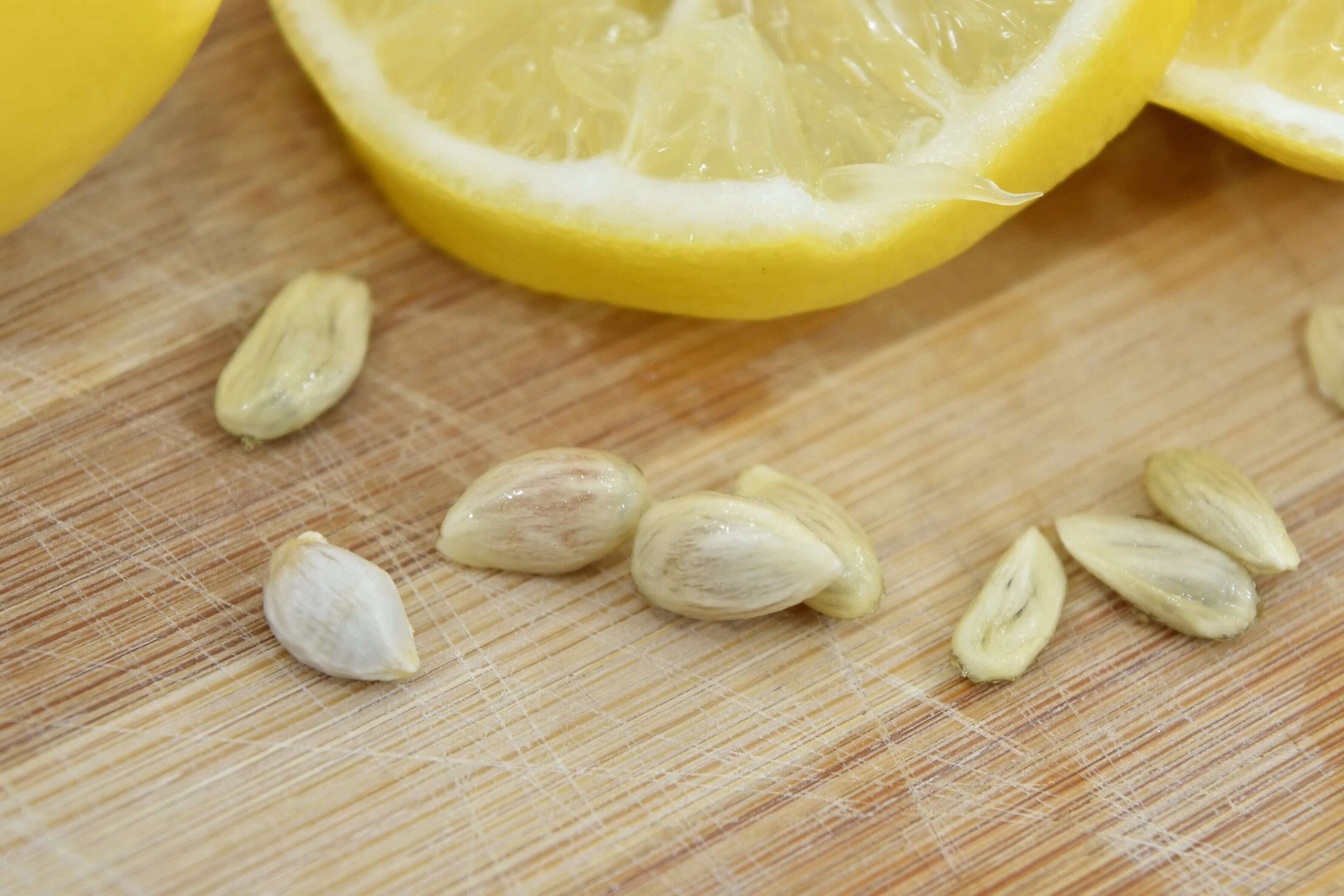
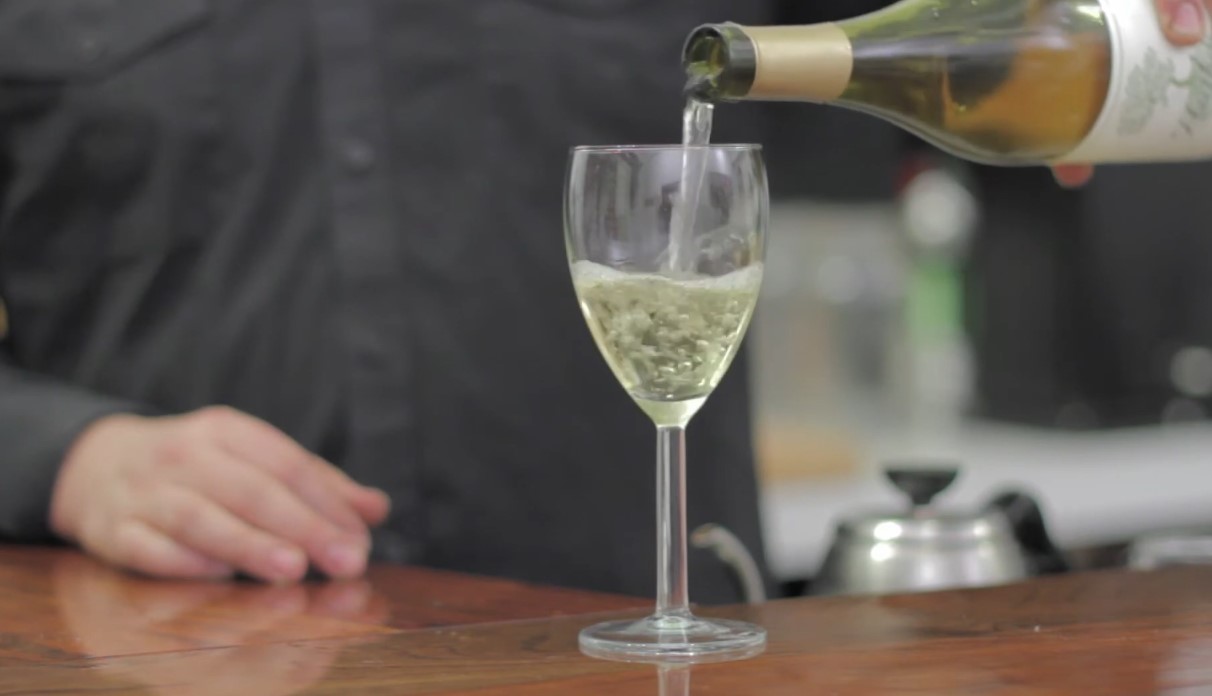
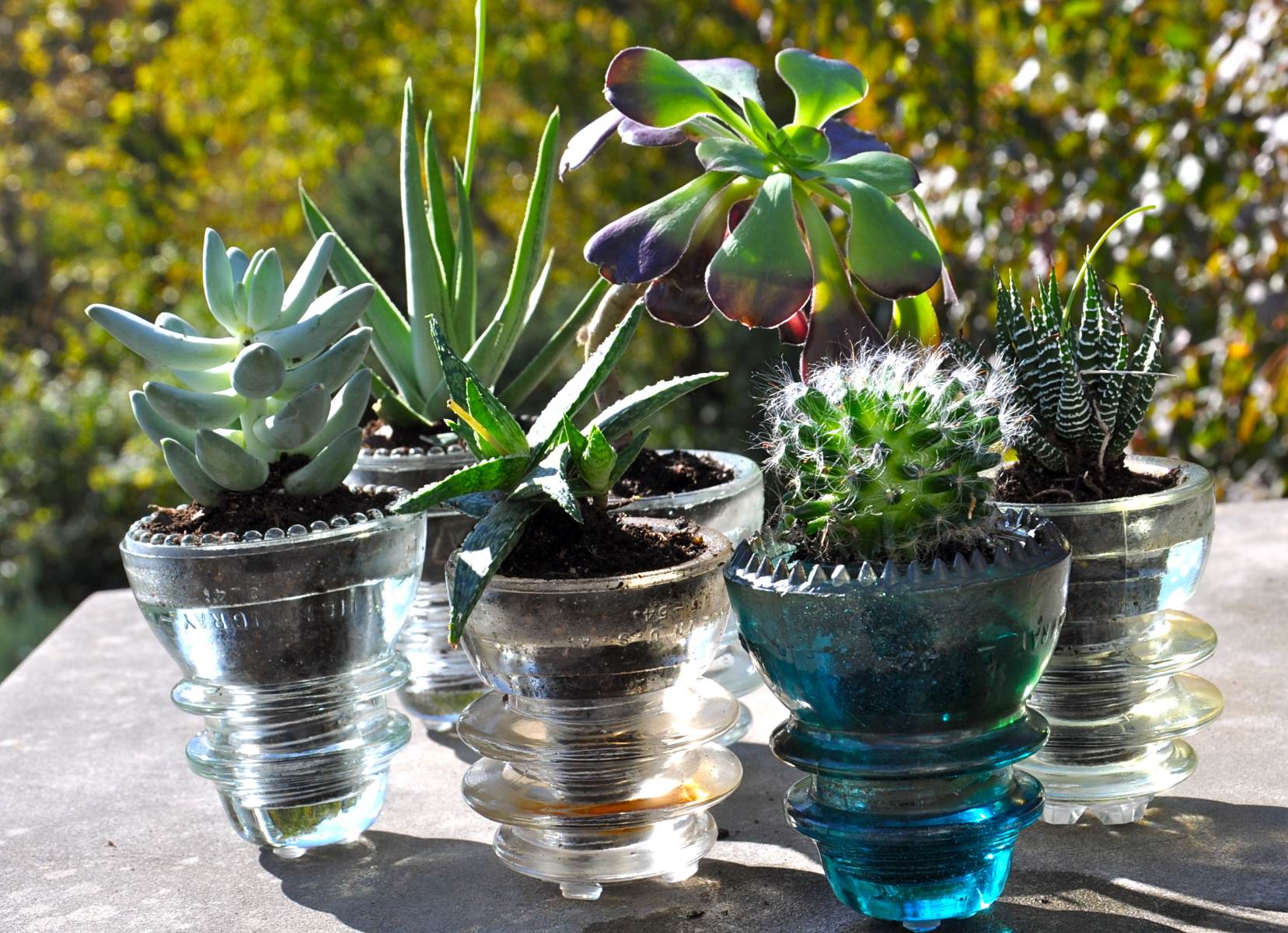



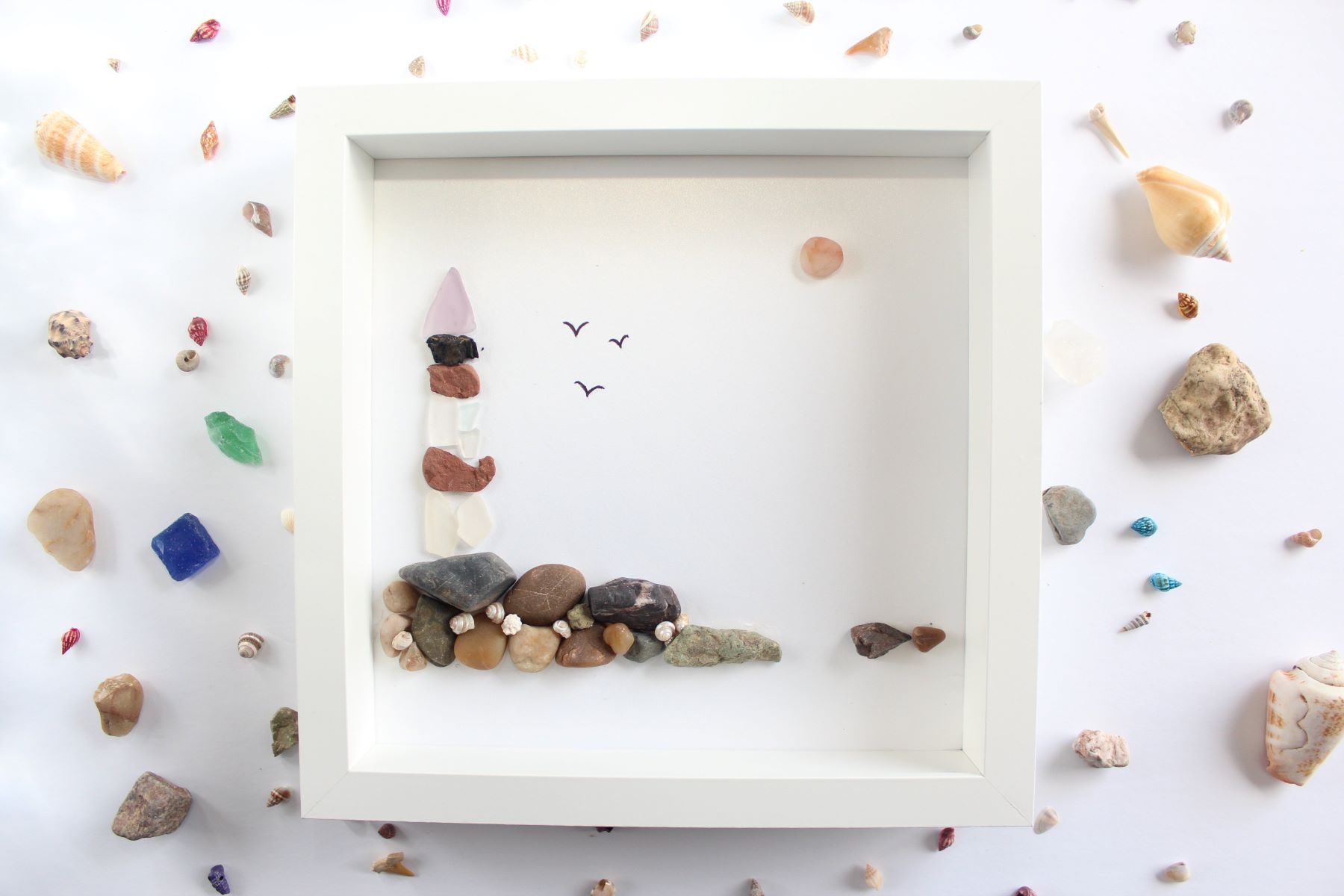




0 thoughts on “What To Do If A Child Swallowed A Small Piece Of Glass”